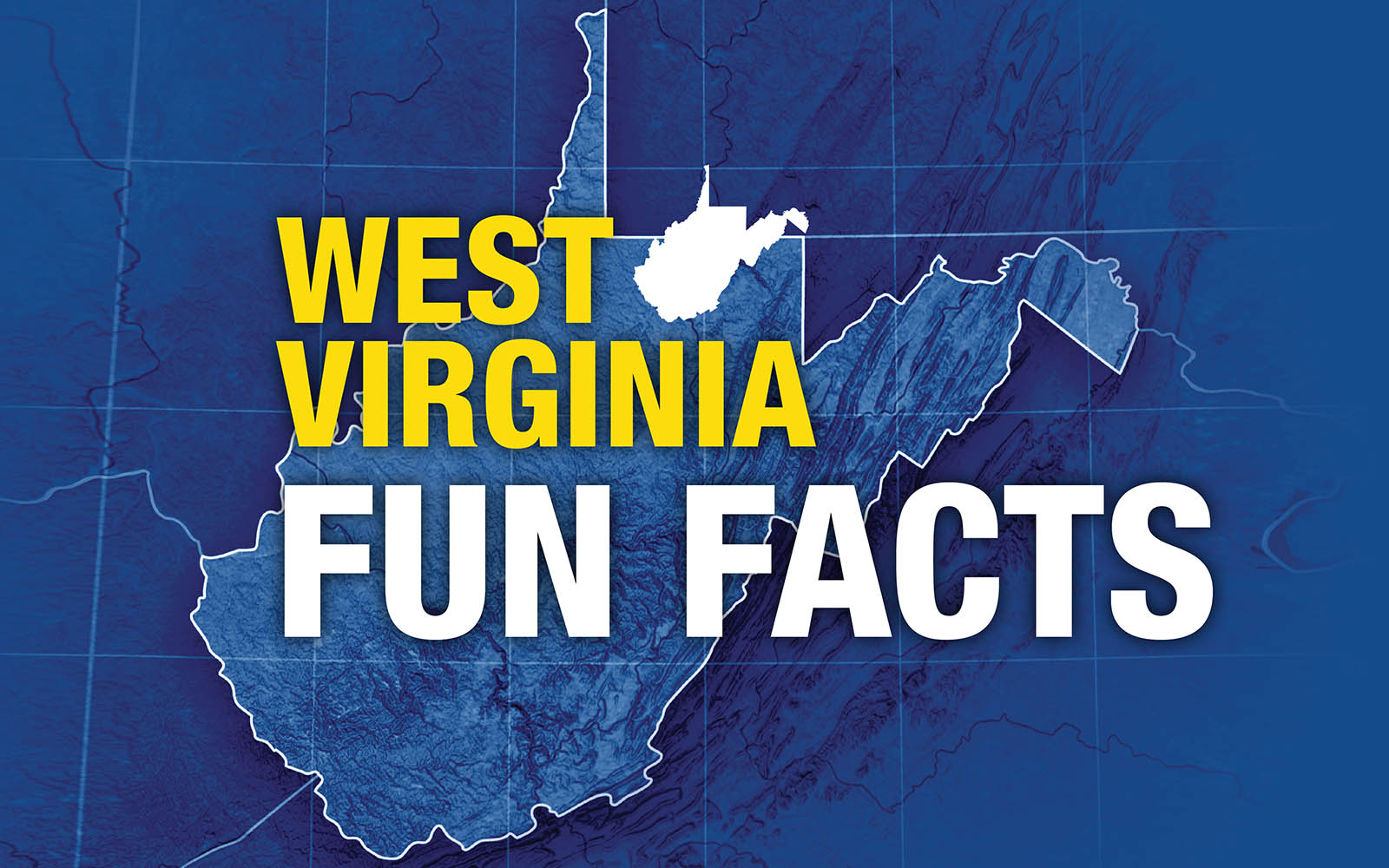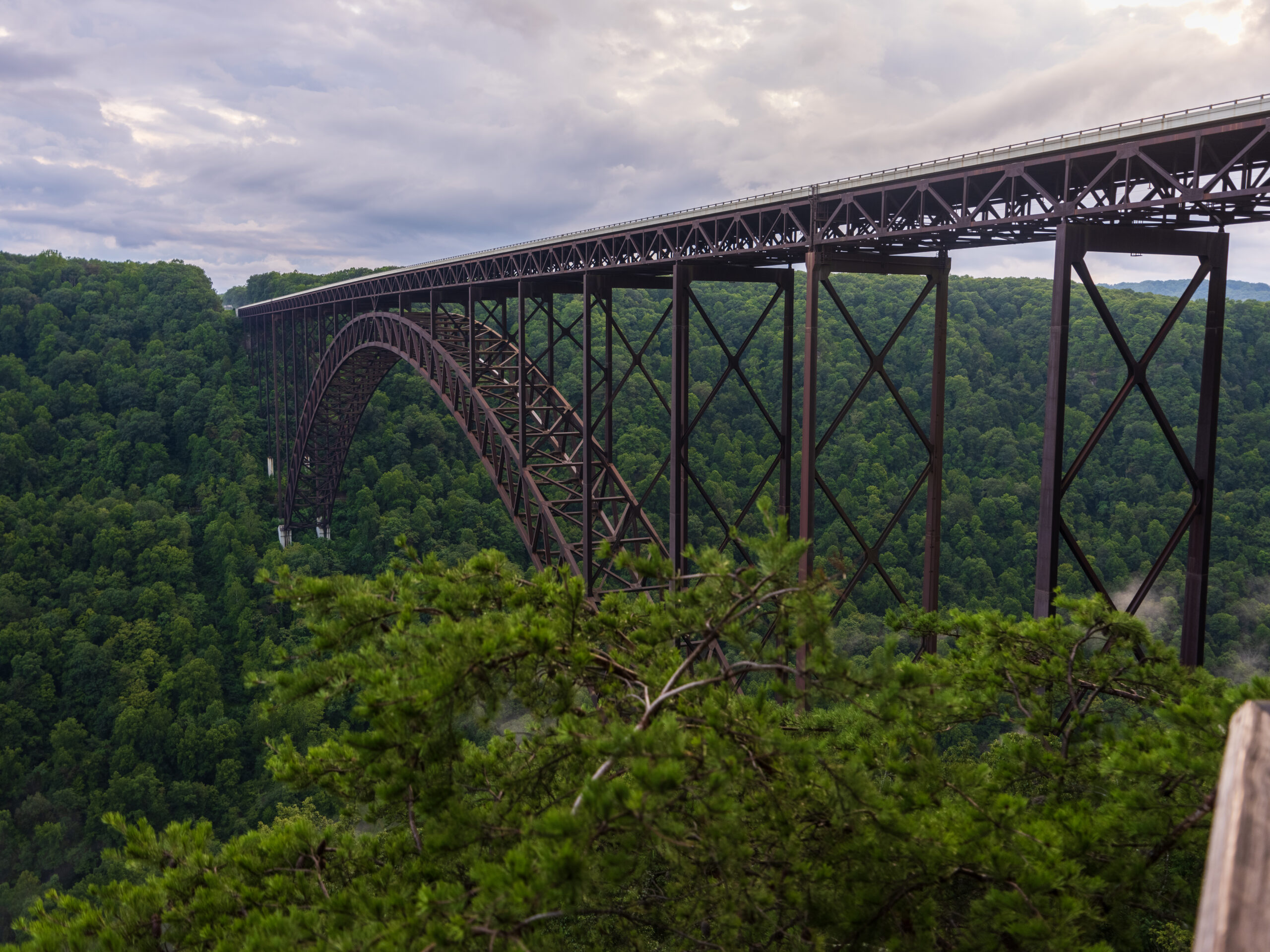
Learn More About West Virginia
Thinking about visiting or moving to the Mountain State? The 35th state is filled with a rich history, natural beauty, a thriving business community, endless attractions and activities!
Below are “fast facts” about various cities and towns in West Virginia. Each has its own unique identity and much to offer.

West Virginia’s Cities: Fast Facts
More West Virginia cities coming soon!
Additionally, we have provided some information below about the State of West Virginia.
Population
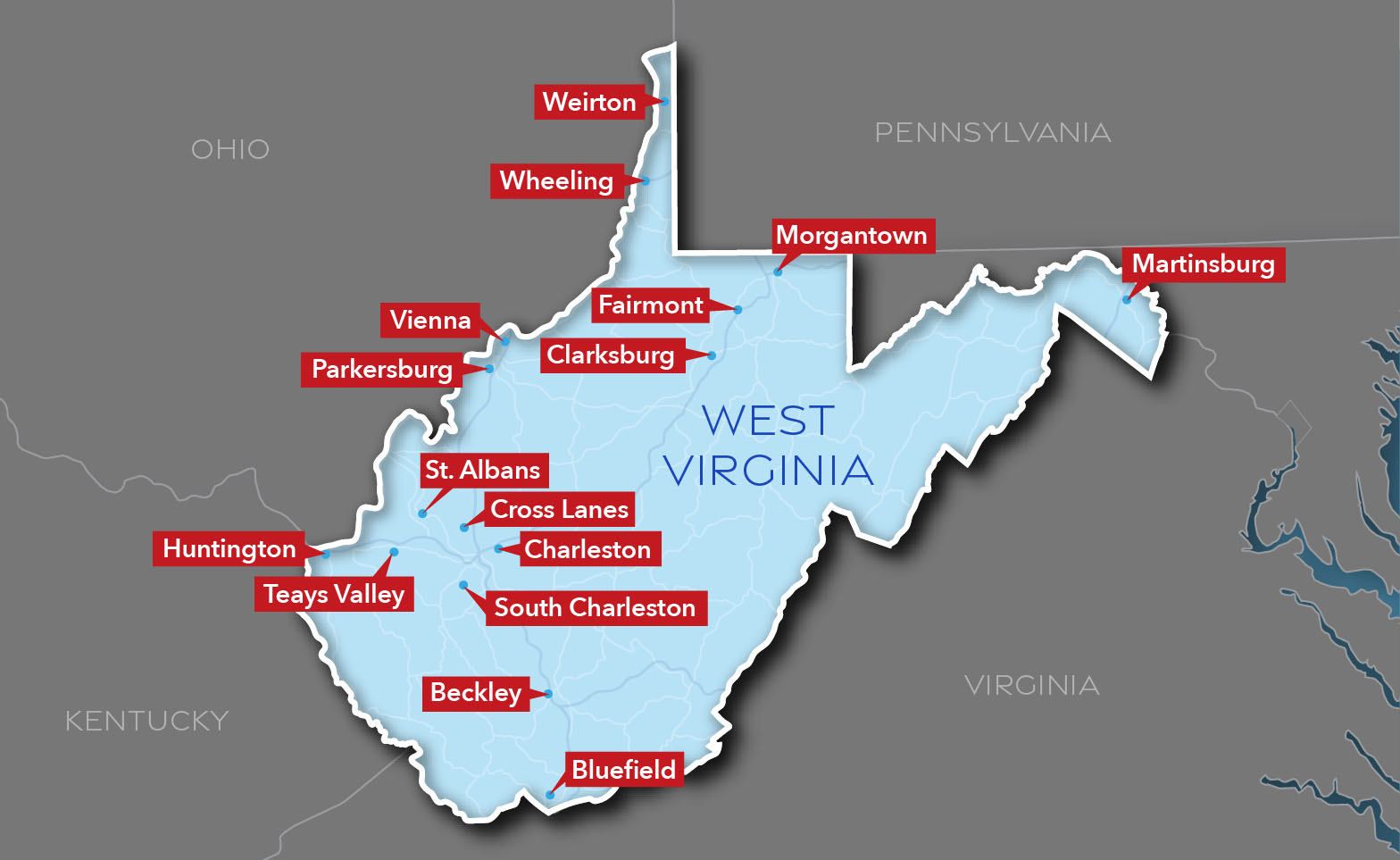
West Virginia’s population is approximately 1.77 million, with a population density of nearly 75 people per square mile. Nearly 65% of the state’s residents live in rural areas while about 35% live in urban areas. West Virginia is made up of hundreds of small cities, towns and villages. The state has 55 counties and three congressional districts. The capital city is Charleston, located in Kanawha County, with a metropolitan population of approximately 176,000. Click here to view the 2022 Census Quick Facts for west Virginia. –
West Virginia’s Largest Cities
- Charleston
- Huntington
- Morgantown
- Parkersburg
- Wheeling
- Weirton
- Fairmont
- Martinsburg
- Beckley
- Clarksburg
- Teays Valley
- South Charleston
- St. Albans
- Vienna
Climate

West Virginia’s climate is similar to that of other Mid-Atlantic states. The average state temperature is 73 degrees Fahrenheit in July and 33 degrees Fahrenheit in January. The four seasons are nearly equal in length.
Geography
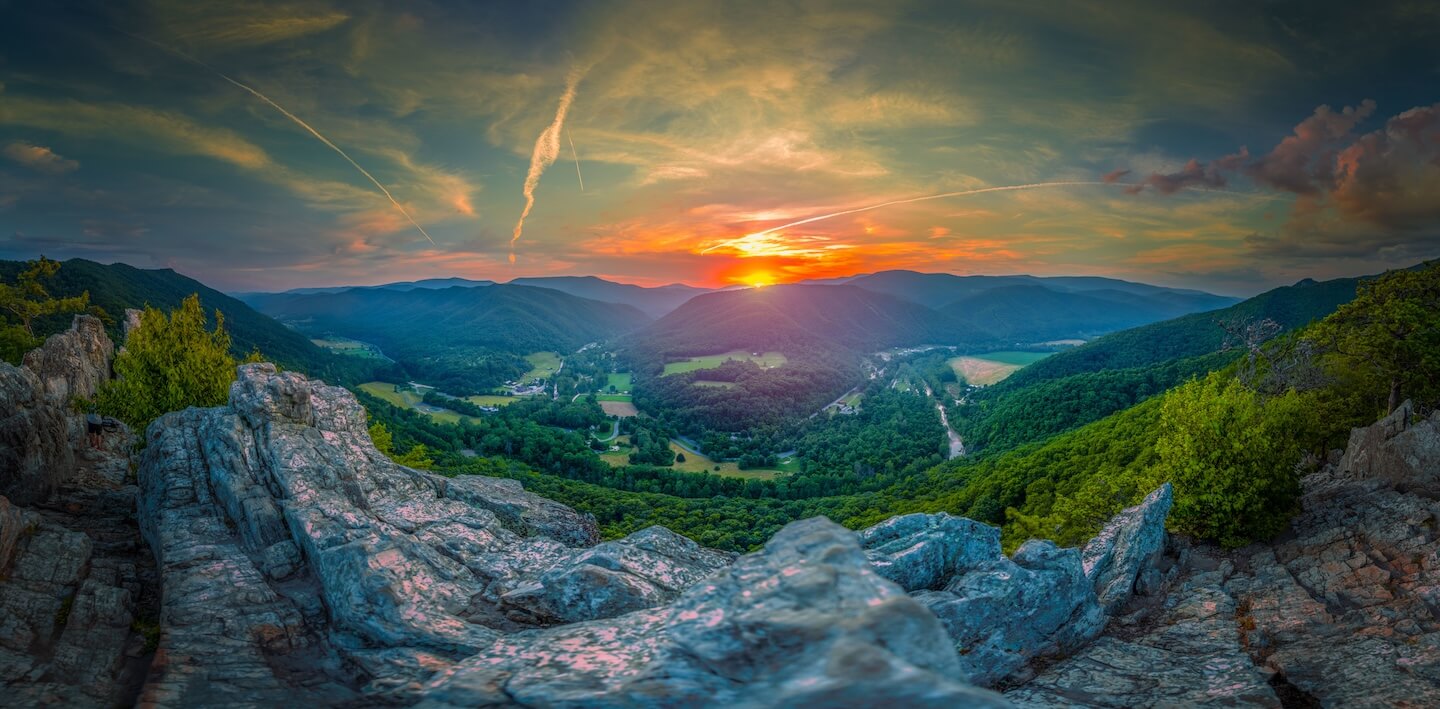
West Virginia, often referred to as a Mid-Atlantic state, is nestled in the Appalachian highlands in the east central section of the United States. In fact, it is ideally situated, with 60 percent of the population of the United States living within 500 miles of West Virginia. The state is crossed by Interstates 64, 68, 70, 77, 79 and 81, two major railroads and miles of navigable inland waterways.
The state is a composite of high, wooded mountains, deep valleys and broad plateaus. The highest elevation is Spruce Knob at 4,863 feet above sea level and the lowest elevation is 240 feet above sea along the Potomac River in Harper’s Ferry.
Major rivers are the Monongahela, Potomac, Kanawha, Little Kanawha, Big Sandy – Tug Fork, Guyandotte, Elk, Greenbrier, New, Cheat, and the Ohio. Numerous swiftly flowing mountain streams feed into the rivers. Many lakes, the largest of which are Bluestone, Summersville, Sutton, Tygart, Stonewall Jackson and East Lynn, have been created by impoundments on major rivers.
Government
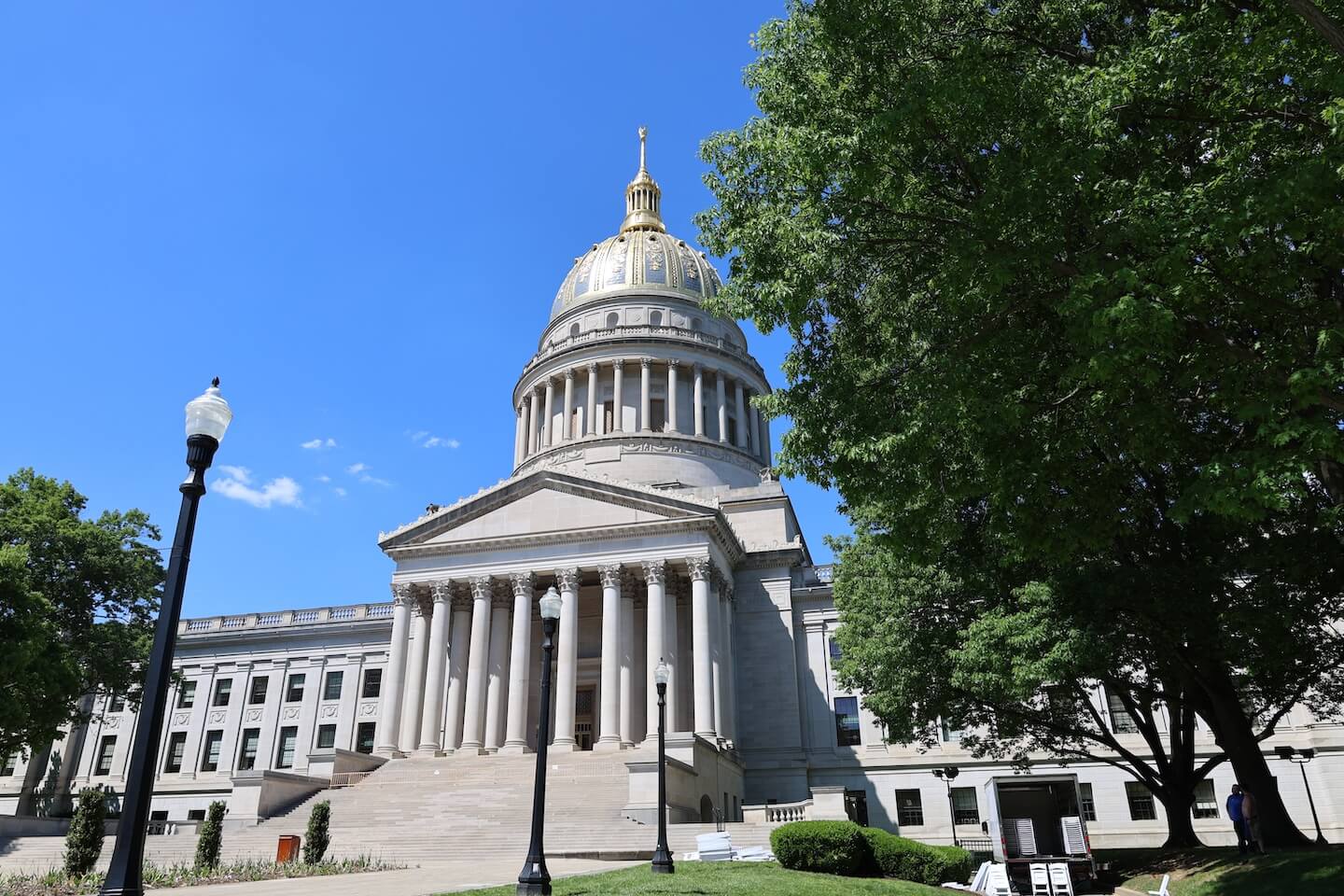
The capital city of West Virginia is Charleston, which is located in Kanawha County at the confluence of the Kanawha and Elk Rivers. The state contains 55 counties, each with its own county and municipal government structures. West Virginia has three branches of government: the Executive, the Legislative, and the Judicial. The current Governor of West Virginia is James C. Justice, Jr. (R – Greenbrier County), who was first elected in 2016. For more information about the Governor or the Executive Branch, please visit governor.wv.gov
The state has a bicameral Legislature, comprised of the West Virginia State Senate and the West Virginia House of Delegates. There are 34 members of the Senate, elected to four-year terms, with half of the chamber being up for election every two years. The current President of the West Virginia State Senate is Craig P. Blair (R – Berkeley County). The House of Delegates is comprised of 100 members, elected to two-year terms. The current Speaker of the West Virginia House of Delegates is Roger Hanshaw (R – Clay County). For more information about the Legislative Branch, please visit wvlegislature.gov
The Judicial branch is led by the West Virginia Supreme Court of Appeals, with five members elected to twelve-year terms. The current Chief Justice of the Supreme Court is Justice Beth Walker. There are also thirty-one circuit courts in West Virginia with seventy-four circuit judges. For more information about the state’s Judicial Branch, please visit courtswv.gov.
Brief History
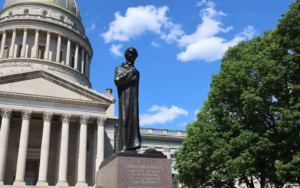
The area that would become West Virginia was settled by Morgan Morgan, a Welshman, in 1730. By 1754, a large group of Scotch-Irish settled in Hampshire County in the Eastern Panhandle. Native Americans used the area for hunting, fishing and salt-gathering expeditions. Early on, the salt industry drew people to West Virginia. Salt was first found by John Howard and John Peter Salley in the Kanawha Valley. The pair was also the first to discover coal in the area in 1742.
In 1770, George Washington traveled to western Virginia via the Kanawha River. He has intended to establish a settlement on the Kanawha River, but the Revolutionary War began before he could enact those plans.
At the beginning of the American Civil War, the area was still a part of Virginia. On June 20, 1863, President Abraham Lincoln issued a proclamation and West Virginia entered the Union as the 35th state. The first capitol was located in Wheeling, and Arthur I. Boreman became the state’s first governor. The Capitol was permanently moved to Charleston in 1877.
Economy

West Virginia has a diverse economy. The state is a global hub for chemicals, a national hub for biotech industries, and a leader in energy. The state also has significant economic sectors in aerospace, automotive, manufacturing, health care, education, metals and steel, media and telecommunications, hospitality, biometrics, forestry, and tourism.
Tourism

West Virginia has endless opportunities for tourism and outdoor excursions. The state has a well-developed park system for all to enjoy, and outdoor activities including boating, skiing, hiking, whitewater rafting, zip-lining, mountain biking, and camping. To find out more information on everything West Virginia has to offer, call (304) 558-2200 or visit wvtourism.com
